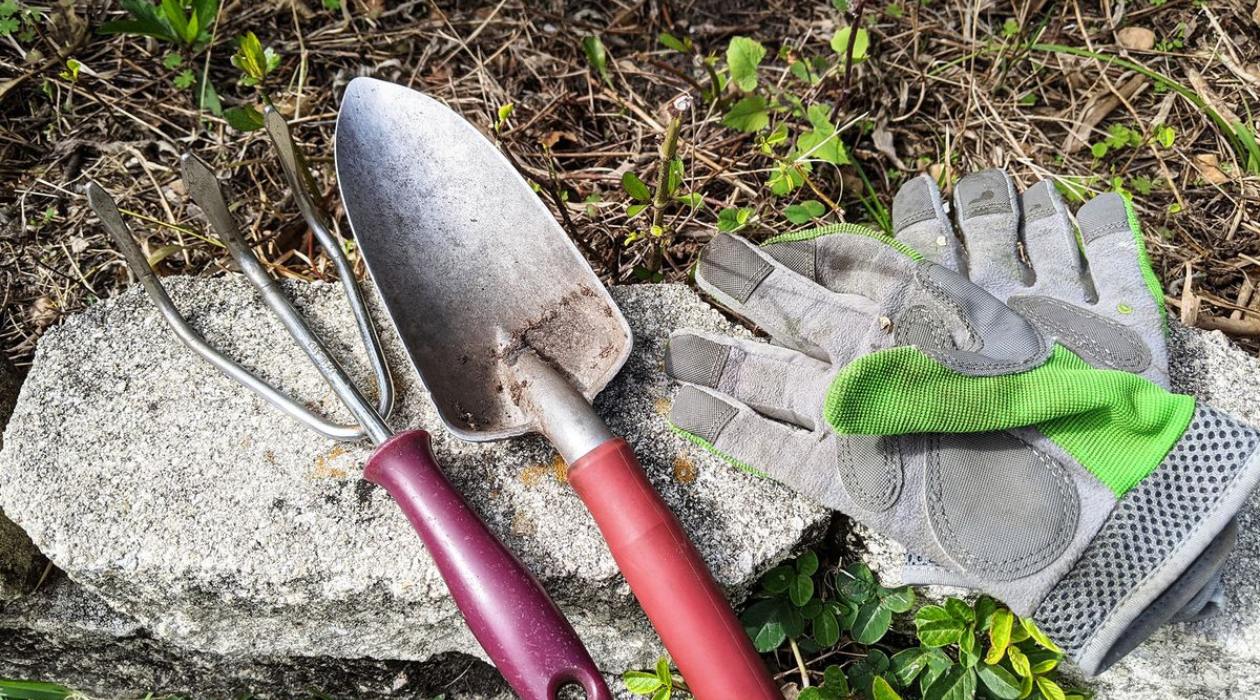

Articles
How To Start A Garden With Only Hand Tools
Modified: August 28, 2024
Learn how to start a garden using only hand tools with our informative articles. Get expert tips and advice for a successful garden setup.
(Many of the links in this article redirect to a specific reviewed product. Your purchase of these products through affiliate links helps to generate commission for Storables.com, at no extra cost. Learn more)
Introduction
Welcome to the wonderful world of gardening! If you’re considering starting a garden but don’t have access to fancy machinery or expensive equipment, fear not. With just a few simple hand tools, you can create a beautiful and bountiful garden right in your own backyard or even on a small balcony.
Gardening is not only a rewarding hobby but also a great way to connect with nature, reduce stress, and enjoy the fruits (literally!) of your labor. Whether you have a green thumb or are a complete novice, starting a garden with only hand tools is an accessible and achievable endeavor.
In this article, we will guide you through the process of starting a garden using nothing but your own two hands and a few essential tools. We’ll cover everything from choosing the right location to selecting the right plants, preparing the soil, and maintaining your garden throughout the growing season. So let’s dig in and get started!
Key Takeaways:
- Embrace the joy of gardening with only hand tools, from choosing the right location to harvesting the fruits of your labor. It’s a journey of patience, resilience, and connection with nature.
- Starting a garden with hand tools is a fulfilling adventure that offers the satisfaction of nurturing life, savoring homegrown produce, and connecting with the cycles of nature.
Choosing the Right Location
When it comes to gardening, location is key. The success of your garden largely depends on the amount of sunlight it receives, the quality of the soil, and the availability of water. Here are a few factors to consider when choosing the right location for your garden:
- Sunlight: Most plants require at least six hours of direct sunlight each day. Observe your yard at different times of the day to identify spots that receive ample sunlight. Avoid areas that are heavily shaded by buildings or trees.
- Soil Quality: The soil should be well-drained and rich in organic matter. Avoid areas with compacted soil or those that are prone to flooding. If your garden site has poor soil quality, consider creating raised beds or amending the soil with compost to improve its fertility.
- Water Source: Make sure your garden is located near a water source for easy irrigation. If there is no nearby water supply, consider installing a rain barrel to collect rainwater or using a watering can for smaller gardens. Adequate access to water will help ensure the health and vitality of your plants.
- Size and Accessibility: Consider the size of your garden and how easily accessible it is. If you have limited space, you might opt for container gardening or vertical gardening techniques. Additionally, ensure that the garden is easily accessible for maintenance tasks such as watering, weeding, and harvest.
By carefully choosing the right location for your garden, you can provide your plants with ideal growing conditions and set them up for success. Take into account the specific needs of the plants you intend to grow and match them with the environmental conditions of your chosen location. With a little planning and observation, you can create a thriving garden that thrills both you and your plants.
Selecting the Plants
Now that you have chosen a suitable location for your garden, it’s time to select the plants that will thrive in your growing conditions and meet your gardening goals. Here are some factors to consider when selecting plants for your garden:
- Climate: Start by considering the climate in your region. Different plants have different temperature and humidity requirements, so choose plants that are well-adapted to your local climate. Consult a hardiness zone map to determine which plants are best suited for your area.
- Space: Take into account the available space in your garden. Consider the height and spread of each plant when fully grown to ensure they have enough room to thrive. If space is limited, opt for compact or vertical varieties that can maximize your growing area.
- Time and Effort: Evaluate the amount of time and effort you’re willing to invest in gardening. Some plants, like herbs and salad greens, are relatively low-maintenance and can be harvested quickly. On the other hand, vegetables like tomatoes and peppers require more care and attention.
- Personal Preferences: Consider what you and your family enjoy eating or looking at. Grow plants that align with your culinary preferences and aesthetic preferences. Don’t hesitate to experiment with new varieties or unusual plants to make your garden unique.
- Companion Planting: Take advantage of companion planting, where certain plants benefit from being planted together. For example, marigolds and basil can deter pests, while planting beans and corn together can improve nitrogen levels in the soil. Research companion planting strategies to maximize the health and productivity of your garden.
Additionally, consider the growing requirements of each plant, including their sun and shade preferences, soil pH, and watering needs. This information can usually be found on seed packets or plant labels. By selecting the right plants for your garden, you can ensure they thrive and produce bountiful harvests.
Remember, gardening is a journey of discovery and experimentation. Don’t be afraid to try new plants each season and learn from your successes and failures. With a little research and some careful consideration, you can create a diverse and vibrant garden that brings joy and satisfaction.
Preparing the Soil
A healthy and fertile soil is the foundation for a successful garden. Preparing the soil before planting ensures that your plants have access to the nutrients and conditions they need to thrive. Here are some steps to follow when preparing the soil:
- Clear the area: Start by removing any weeds, rocks, or debris from the garden area. Clearing the area allows you to start with a clean slate and prevents competition for resources with unwanted plants.
- Loosen the soil: Use a garden fork or a tiller to loosen the soil to a depth of about 8 to 10 inches. This helps improve drainage, soil aeration, and root penetration.
- Amend the soil: Test the soil to determine its pH and nutrient levels. You can do this using a soil testing kit or by sending a sample to a local agricultural extension office. Based on the results, you may need to amend the soil with organic matter, such as compost, well-rotted manure, or peat moss, to improve its fertility and structure.
- Add organic matter: Incorporate organic matter into the soil to boost its nutrient content and improve its ability to retain moisture. Spread a layer of compost or well-rotted manure over the surface of the soil and mix it in thoroughly using a garden fork or a tiller.
- Level the soil: After amending the soil, rake the surface to create a smooth and level planting area. This makes it easier to sow seeds or transplant seedlings and ensures even water distribution.
It’s worth mentioning that building healthy soil is an ongoing process. As you garden year after year, continue to add organic matter, rotate crops, and practice sustainable gardening techniques to maintain soil health and fertility.
By investing time and effort into preparing the soil, you provide a nutritious and supportive environment for your plants to grow and thrive. Good soil means healthy plants, which in turn leads to a more abundant and successful garden.
Essential Hand Tools
When it comes to gardening with hand tools, having the right tools can make all the difference in your gardening experience. Here are some essential hand tools that will help you effectively maintain and cultivate your garden:
- Garden Trowel: A garden trowel is a versatile tool ideal for digging holes, transplanting seedlings, and breaking up compacted soil. Look for a trowel with a comfortable grip and a sturdy blade for durability.
- Garden Fork: A garden fork is useful for loosening soil, lifting roots, and turning compost. Choose a garden fork with strong, sharp tines that can penetrate the soil easily.
- Hand Pruners: Hand pruners, also known as secateurs, are essential for trimming and pruning plants. They are perfect for removing dead or damaged branches, shaping shrubs, and harvesting herbs and flowers. Opt for pruners with a bypass blade design for clean cuts.
- Garden Gloves: Protect your hands from thorns, splinters, and dirt with a good pair of garden gloves. Look for gloves that are comfortable, breathable, and provide a good grip. Choose gloves made of durable materials like leather or synthetic fabrics.
- Weeding Tool: A weeding tool, such as a hand weeder or a dandelion digger, is crucial for removing weeds from your garden. These tools allow you to dig deep and extract weeds by the roots, preventing them from regrowing.
- Garden Rake: A garden rake is useful for leveling soil, removing debris, and spreading mulch. Look for a rake with sturdy tines and a comfortable handle for ease of use.
- Watering Can: While not a traditional hand tool, a watering can is a must-have for any garden. It allows for more precise watering, especially for young seedlings or plants in containers. Choose a watering can with a sprinkle or shower head for gentle, even watering.
Investing in high-quality hand tools will not only make your gardening tasks easier but also contribute to their longevity. Take the time to clean and maintain your tools after each use, sharpen blades as needed, and store them properly to ensure they stay in good condition for years to come.
With these essential hand tools in your arsenal, you’ll be well-equipped to tackle a wide range of gardening tasks and enjoy the satisfaction of tending to your garden with your own two hands.
Start with the right soil – ensure it’s well-draining and nutrient-rich. Use hand tools like a trowel, hand fork, and hand hoe for planting and weeding. Keep the tools clean and sharp for efficient use.
Starting the Garden
Now that you have chosen the right location, selected your plants, prepared the soil, and gathered your essential hand tools, it’s time to start your garden. Here are the steps to follow when starting your garden:
- Mark out the garden beds: Use stakes or strings to mark out the boundaries of your garden beds. This will help you visualize the layout and ensure proper spacing between plants.
- Sow seeds or transplant seedlings: Depending on the plants you have selected, follow the instructions on the seed packets or plant labels for proper planting depth and spacing. Sow seeds directly into the prepared soil or transplant seedlings carefully, ensuring their roots are well-covered.
- Water thoroughly: After planting, water the garden beds thoroughly to settle the soil and provide hydration for the newly planted seeds or seedlings. Use a gentle spray or watering can to avoid disturbing the soil surface.
- Add mulch: Apply a layer of organic mulch, such as straw, wood chips, or shredded leaves, to help conserve moisture, suppress weed growth, and regulate soil temperature. Spread the mulch evenly around the plants, being careful not to cover the stems or leaves.
- Install plant supports: For plants that require support, such as tomatoes or climbing vines, install stakes, trellises, or cages to prevent them from sprawling on the ground. This will promote proper growth and make it easier to harvest fruits or vegetables.
- Monitor and adjust: Keep a close eye on your garden as it grows. Monitor for signs of pests, diseases, or nutrient deficiencies. Adjust watering, provide additional support, or apply organic insecticides or fertilizers as needed.
Remember, starting a garden is a gradual process. It may take a few weeks or even months for your plants to establish and start producing. Be patient and maintain regular care and maintenance to ensure the health and productivity of your garden.
Lastly, don’t forget to enjoy the journey of gardening. Take time to appreciate the beauty of your plants, engage with the natural world, and savor the joy of nurturing life from seed to harvest. Your garden will reward you with fresh produce, beautiful flowers, and a deep sense of satisfaction.
Watering and Maintenance
Proper watering and maintenance are key to the overall health and success of your garden. Here are some tips to help you maintain your garden and keep your plants thriving:
- Watering: Water your plants deeply and consistently. The frequency of watering will depend on factors such as the plant’s water requirements, weather conditions, and soil moisture levels. It’s best to water early in the morning or late in the evening to minimize evaporation. Avoid overhead watering, as it can encourage the spread of diseases. Instead, focus on watering the base of the plants.
- Monitoring soil moisture: Regularly check the moisture level of the soil to prevent under or overwatering. Stick your finger a few inches into the soil to gauge its moisture level. If it feels dry, it’s time to water. If it feels consistently wet or muddy, you may be overwatering.
- Mulching: Maintain a layer of organic mulch around your plants to help retain soil moisture, reduce weed growth, and regulate soil temperature. Replenish the mulch as needed, especially after heavy rainfall or when it starts to decompose.
- Weeding: Regularly check for and remove weeds that compete with your plants for nutrients and water. Use a hand weeder or garden fork to gently lift and remove weeds, being careful not to disturb the roots of your plants.
- Pruning: Prune your plants as needed to promote healthy growth and shape. Remove dead or damaged branches, thin out crowded growth, and shape the plants to maintain their desired form. This will improve air circulation and discourage pests and diseases.
- Fertilizing: Depending on the needs of your plants, feed them with organic fertilizers to replenish nutrients in the soil. Follow the recommended application rates and frequencies specified on the fertilizer packaging or consult with a gardening expert for guidance.
- Pest and disease control: Regularly inspect your plants for signs of pests or diseases. Remove any affected leaves or plants promptly. Consider using organic pest control methods, such as handpicking pests, introducing beneficial insects, or utilizing organic insecticides as a last resort.
- Supporting plants: As your plants grow, provide additional support to keep them upright. Use stakes, trellises, or cages to prevent sprawling and ensure proper airflow and sunlight penetration.
By incorporating these watering and maintenance practices into your gardening routine, you can help your plants stay healthy, prevent problems, and promote optimal growth and productivity. Regular care and attention will result in a vibrant and flourishing garden.
Dealing with Pests and Weeds
Pests and weeds are common challenges that gardeners face. While they can be frustrating, there are several methods you can employ to effectively deal with them and protect your garden. Here’s how:
- Identify common pests: Learn to recognize common garden pests such as aphids, slugs, snails, and caterpillars. Regularly inspect your plants for signs of damage or infestation, including chewed leaves or unusual discoloration.
- Encourage beneficial insects: Many beneficial insects feed on garden pests and can help control their population. Plant flowers and herbs that attract beneficial insects, such as ladybugs and lacewings. Additionally, avoid using harsh pesticides that can harm these beneficial creatures.
- Handpicking: For larger pests, like slugs or caterpillars, handpicking can be an effective method. Wear gloves and physically remove these pests from your plants, disposing of them away from your garden.
- Natural remedies: There are several natural remedies that can deter pests. For example, planting marigolds or basil can repel aphids, and applying a mixture of diluted neem oil can help control fungal diseases. Research natural pest control methods and choose those that align with your gardening philosophies.
- Use barriers and traps: Create physical barriers or traps to prevent pests from reaching your plants. Installing row covers can protect your crops from flying insects, while beer traps can attract and trap slugs and snails.
- Regular weeding: Regularly remove weeds from your garden to prevent them from competing with your plants for resources. Pull weeds by hand or use a hoe to remove them at their roots. Take care to remove weeds before they go to seed to prevent further proliferation.
- Mulching: Applying a layer of organic mulch around your plants can help suppress weed growth by blocking sunlight and preventing weed seeds from germinating. This reduces the need for frequent weeding.
- Proper spacing: Plant your crops with adequate spacing to avoid overcrowding, as this can create favorable conditions for weed growth. Giving your plants enough room to grow reduces competition for resources and makes it easier to manage weeds.
Remember, being proactive and vigilant is key when dealing with pests and weeds. Regularly monitor your garden, address issues promptly, and continue to employ preventive measures such as proper plant spacing and healthy soil maintenance. By taking these steps, you can effectively manage pests and weeds while promoting a thriving and productive garden.
Harvesting and Enjoying the Fruits of Your Labor
After dedicating time and effort to nurture your garden, it’s time to reap the rewards of your hard work by harvesting and enjoying the fruits of your labor. Here’s how to make the most of your harvest:
- Timing: Harvest your crops at the right time to ensure optimal flavor and freshness. Pay attention to the specific harvesting guidelines for each plant, as it can vary from one crop to another. Harvesting too early or too late can result in subpar taste and texture.
- Harvesting techniques: Use appropriate harvesting techniques for different crops. Some crops, like leafy greens and herbs, can be harvested by cutting individual leaves. Others, like tomatoes or peppers, are best harvested by gently twisting or cutting the fruit from the plant. For root crops, carefully loosen the soil around them before gently pulling them out.
- Storing: Properly store your harvested produce to prolong its freshness. Some crops can be stored in a cool and dark place, while others require refrigeration. Remove any damaged or spoiled parts before storing to prevent the spread of rot.
- Culinary exploration: Experiment with your freshly harvested produce in the kitchen. Incorporate them into a variety of dishes, from salads and stir-fries to soups and smoothies. Let your creativity shine as you explore new recipes and flavors with the fruits and vegetables you grew.
- Sharing with others: Share the bounty of your garden with friends, family, and neighbors. A surplus of crops can be a great opportunity to connect with others and spread the joy of gardening. Consider donating excess produce to local food banks, too.
- Saving seeds: If you grew open-pollinated or heirloom varieties, consider saving seeds from your best-performing plants for the next growing season. Properly dry and store the seeds in a cool, dry place for future planting.
- Reflection and planning: Take time to reflect on your gardening experience. Note which plants thrived and which ones faced challenges. Use this information to plan for future seasons, making adjustments to your planting choices or gardening techniques as needed.
Remember, the joy of gardening extends beyond the harvest itself. Embrace the process, appreciate the connection with nature, and savor the satisfaction of growing your own food. Gardening is a continuous learning journey, and each season provides an opportunity for growth and improvement.
Celebrate your efforts, enjoy the delicious flavors of your homegrown produce, and let your garden be a source of nourishment, inspiration, and fulfillment.
Read more: What Hand Tools Do Farmers Use
Conclusion
Starting a garden with only hand tools is a rewarding and fulfilling adventure. By choosing the right location, selecting suitable plants, preparing the soil, and utilizing essential hand tools, you can create a thriving garden right in your own backyard or small balcony. Throughout the gardening process, it is important to maintain regular watering, weed control, and pest management practices.
Remember that gardening is a journey that requires patience, observation, and adaptation. Embrace the joys and challenges of gardening as you watch your plants grow, blossom, and eventually yield a bountiful harvest.
As you harvest the fruits of your labor, take pleasure in the flavors and freshness that can only come from homegrown produce. Share your abundance with others and use your harvest to expand your culinary horizons. Consider saving seeds for future growing seasons and use the knowledge gained from each year’s garden to continually improve and refine your gardening techniques.
Gardening is not just about the end result but also the process itself. It offers an opportunity to connect with nature, reduce stress, and learn valuable lessons about patience, resilience, and the cycles of life. Whether you’re an experienced gardener or a complete novice, starting a garden with only hand tools allows you to cultivate a deeper appreciation for the natural world and the satisfaction that comes from nurturing and caring for living things.
So grab your trowel, put on your gardening gloves, and embark on this wonderful journey of growing your own garden with nothing but your own two hands and a passion for nature. Get ready to experience the joy of sowing seeds, watching plants grow, and reveling in the beauty and abundance of a garden that you have brought to life.
Frequently Asked Questions about How To Start A Garden With Only Hand Tools
Was this page helpful?
At Storables.com, we guarantee accurate and reliable information. Our content, validated by Expert Board Contributors, is crafted following stringent Editorial Policies. We're committed to providing you with well-researched, expert-backed insights for all your informational needs.
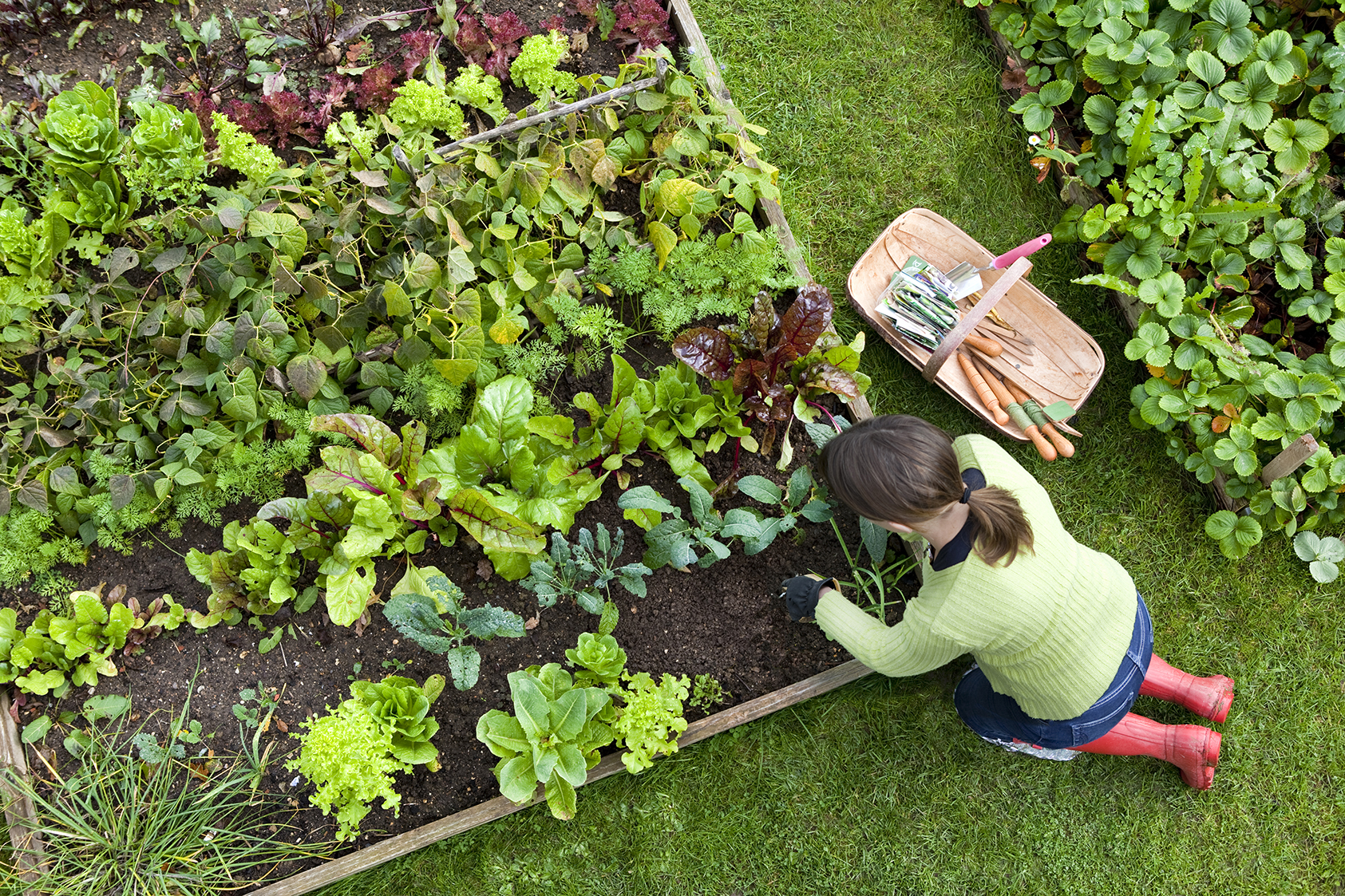

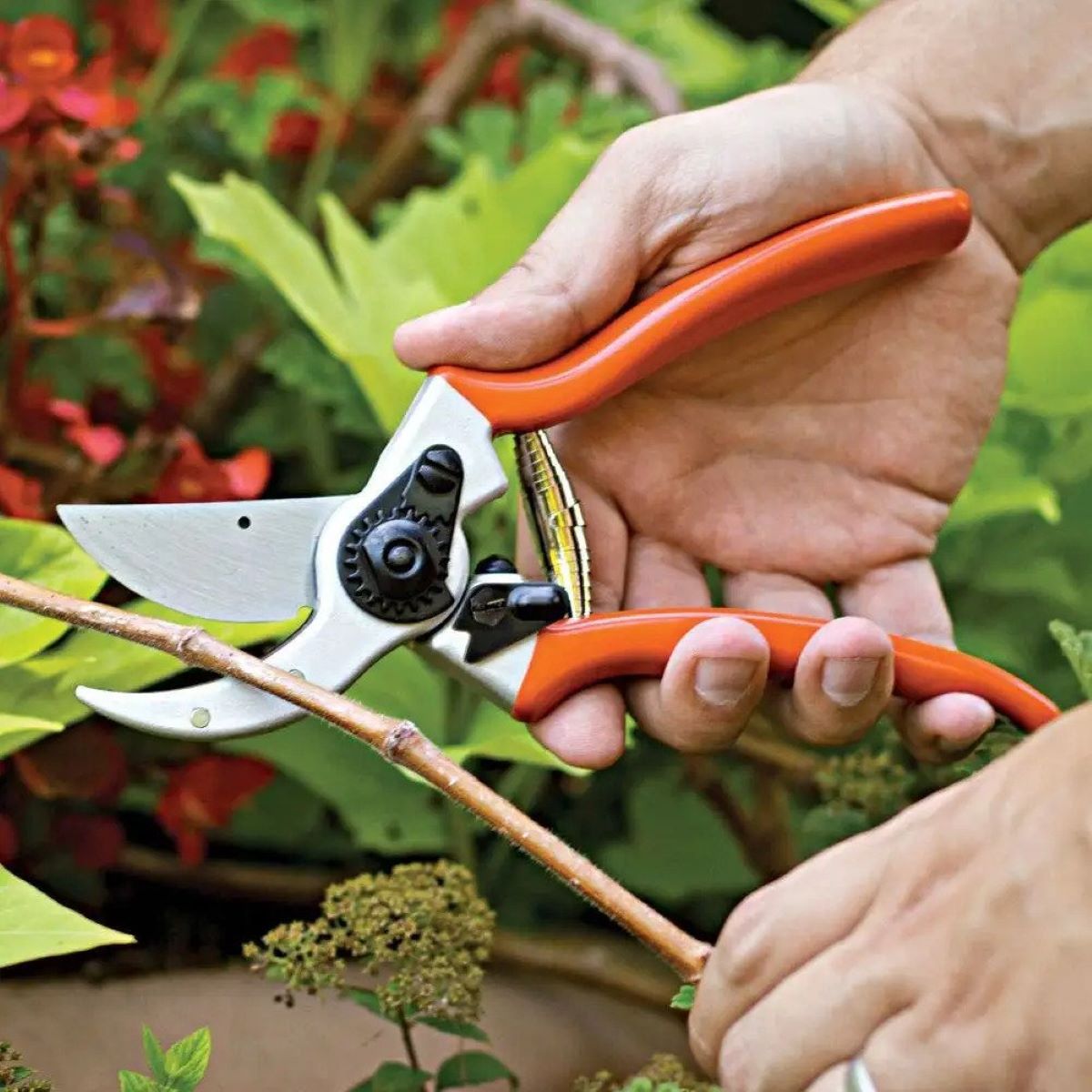
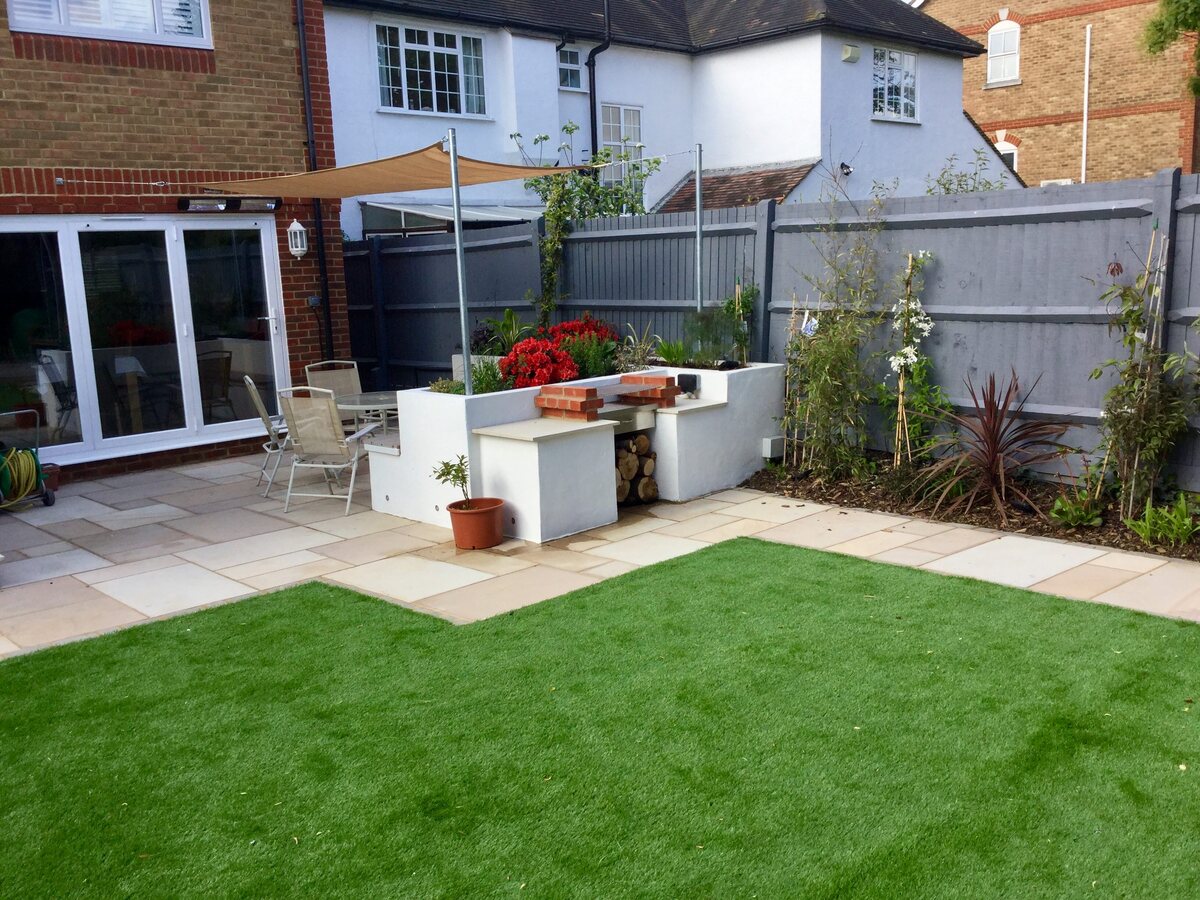
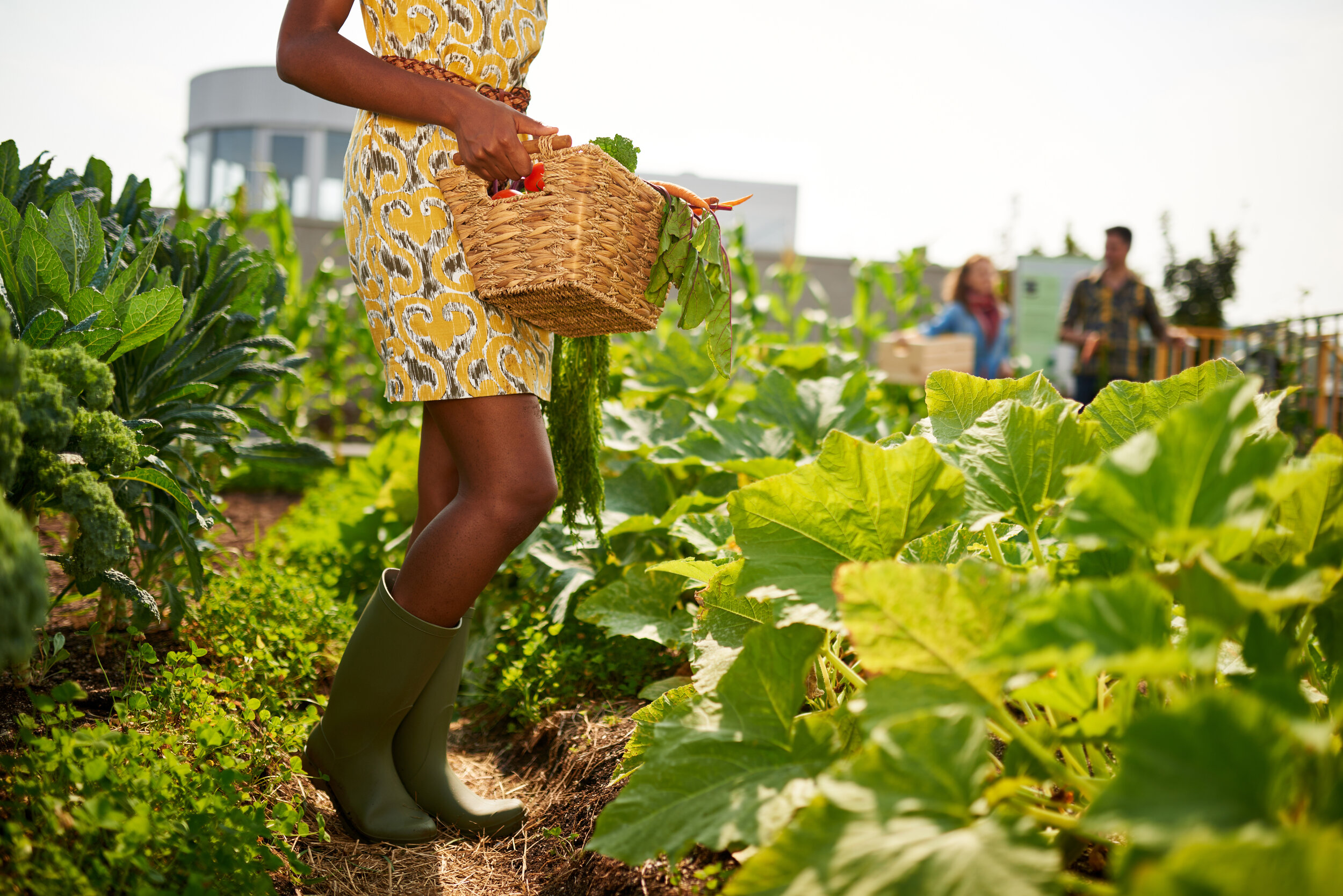
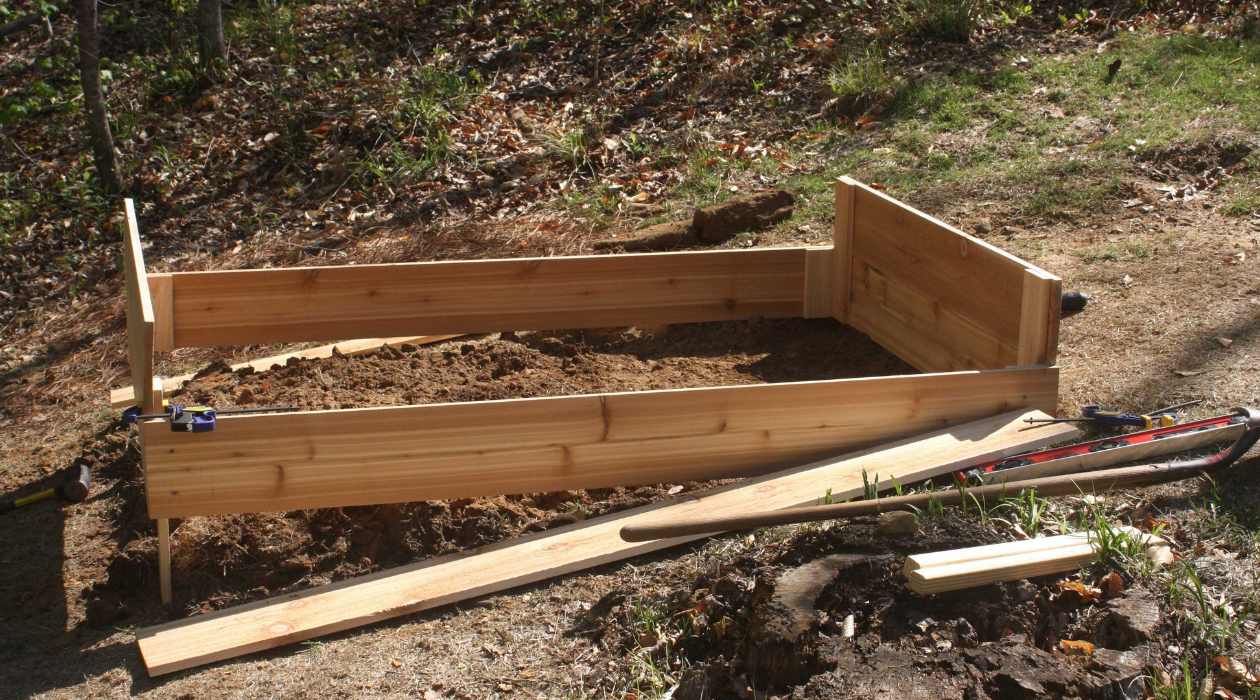
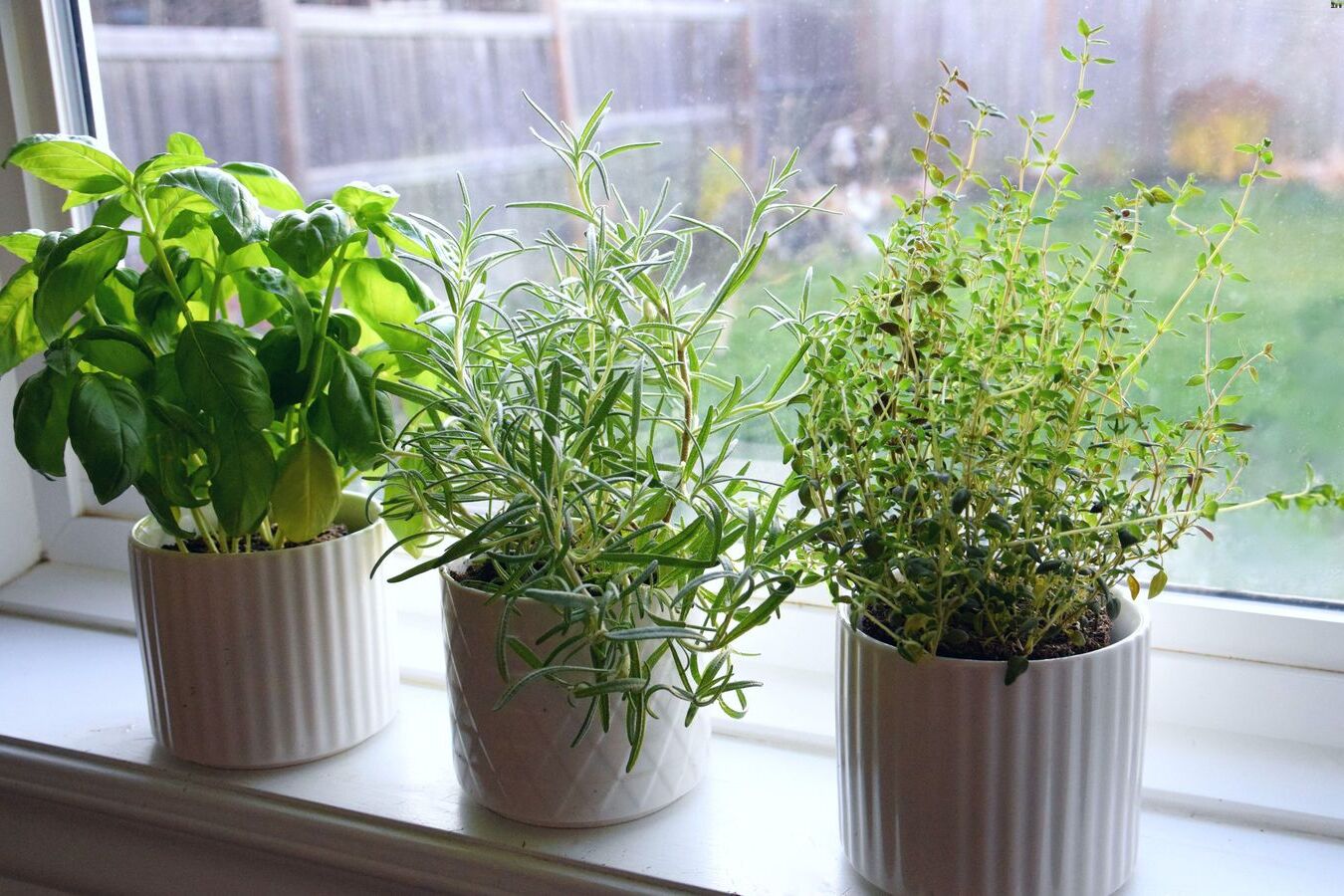
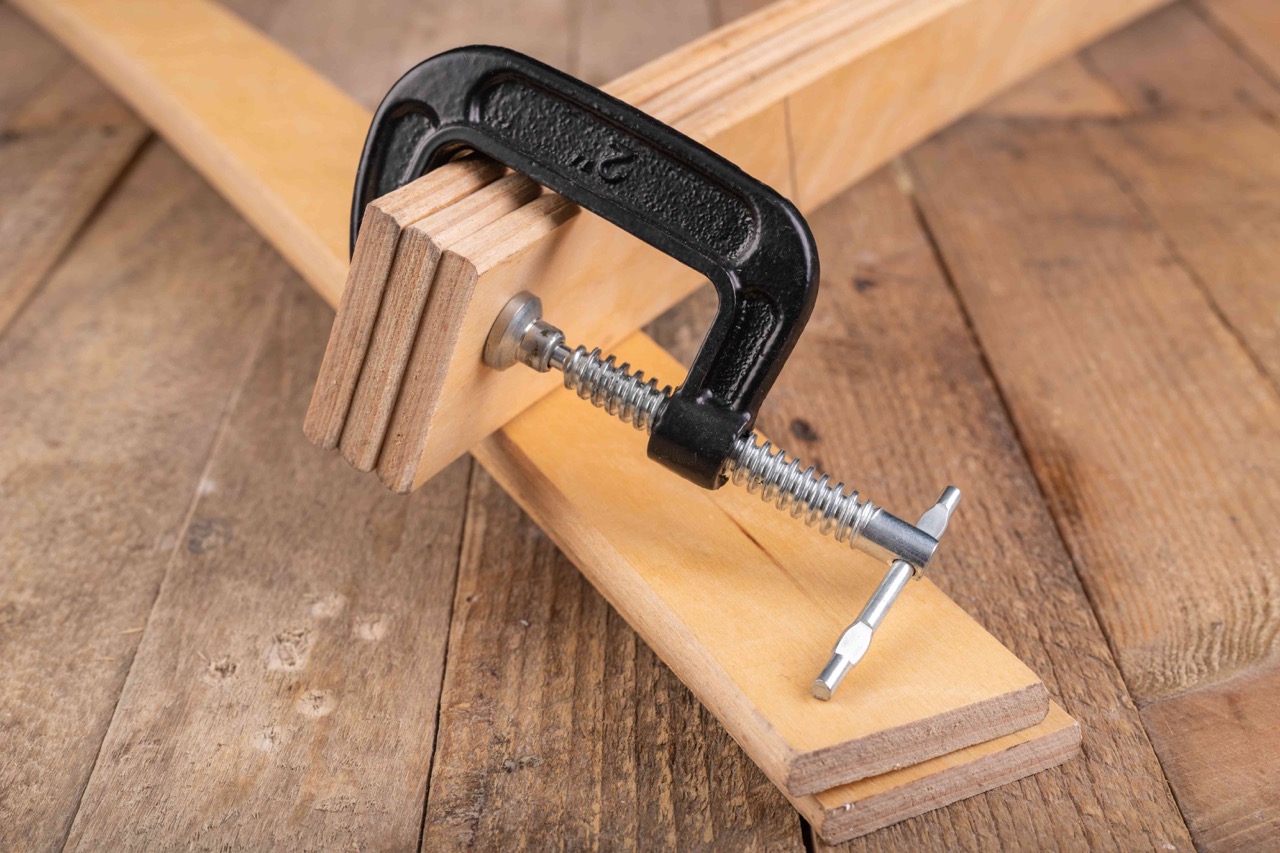
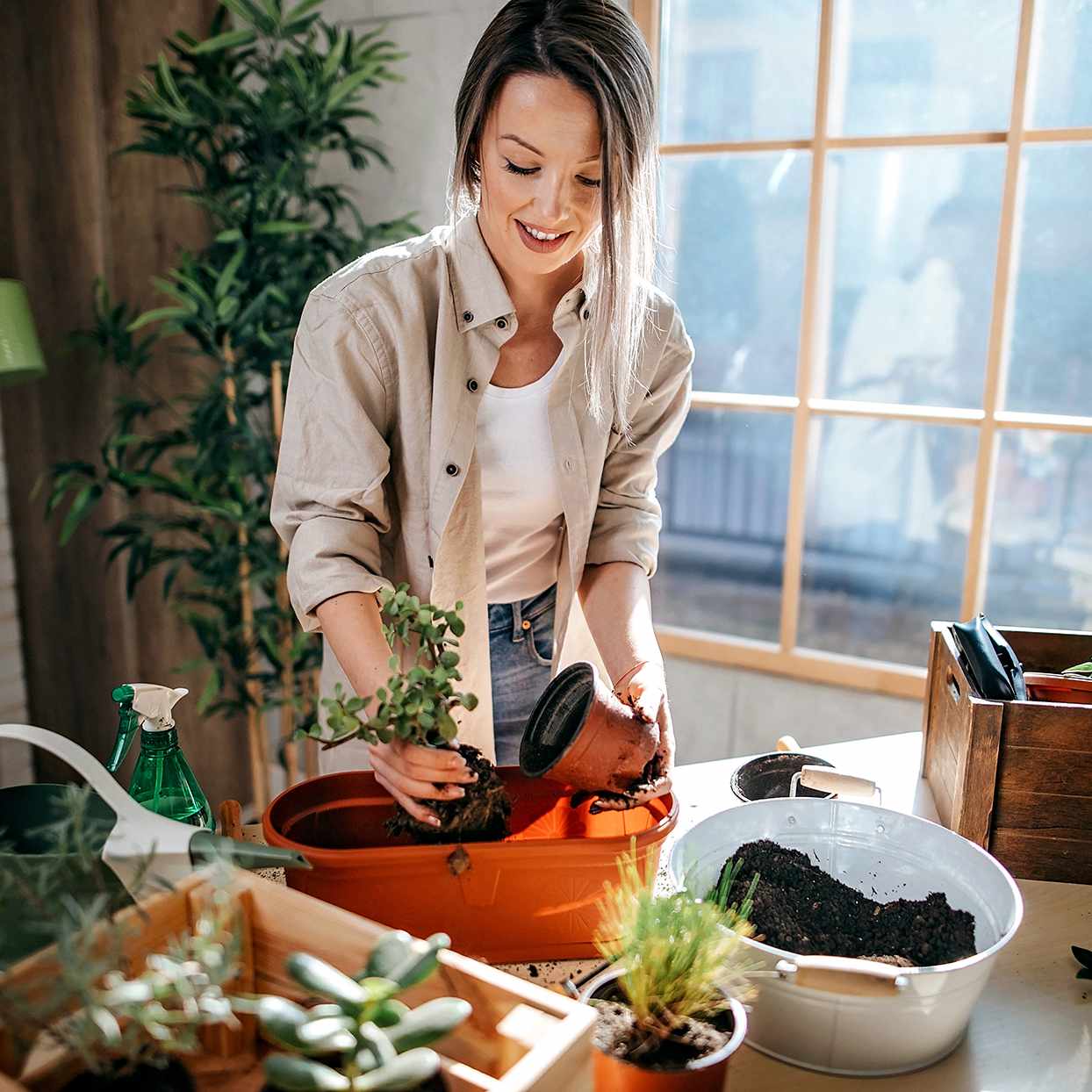
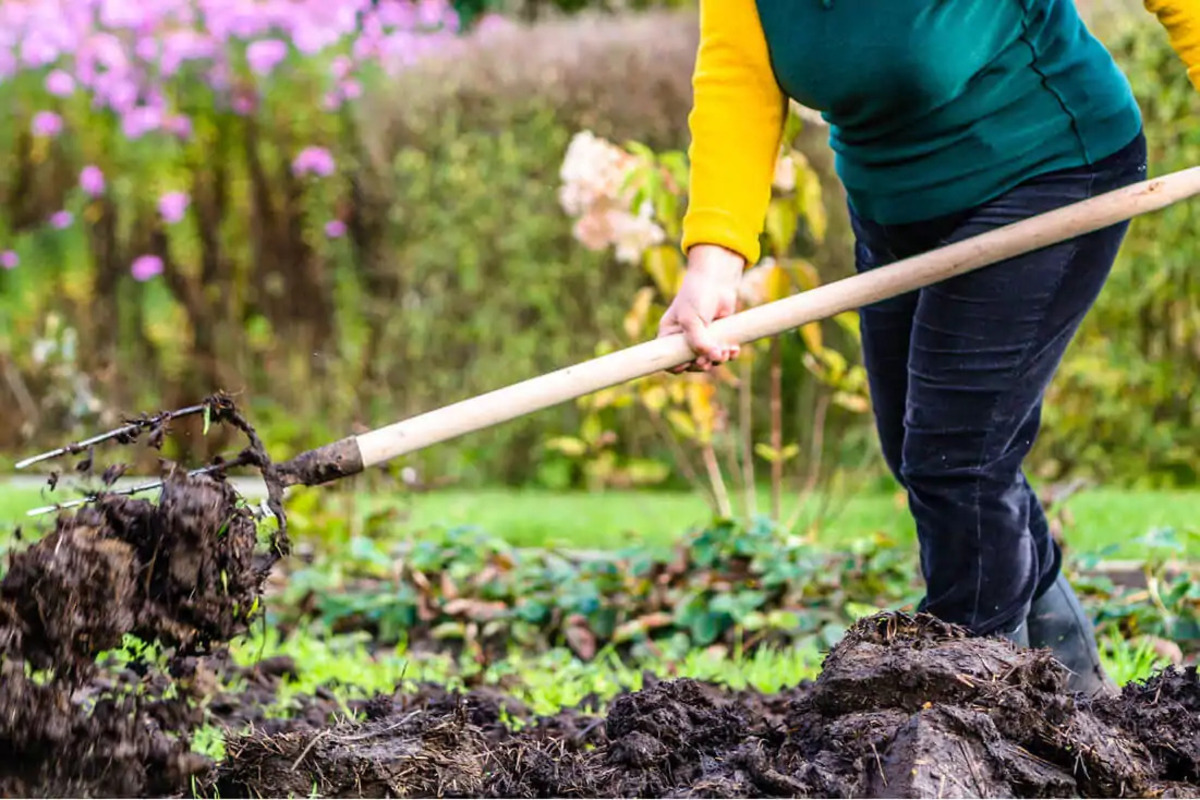
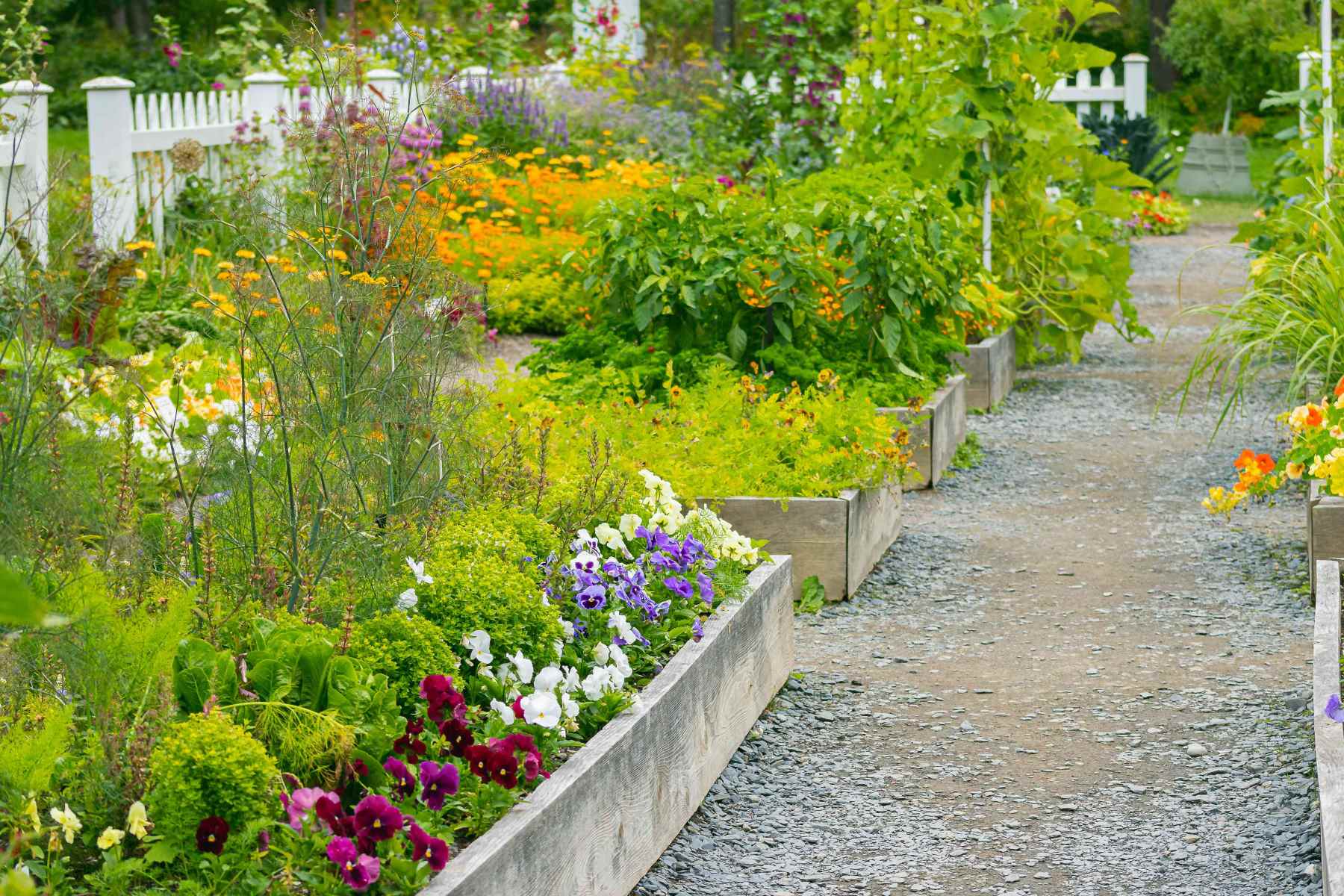
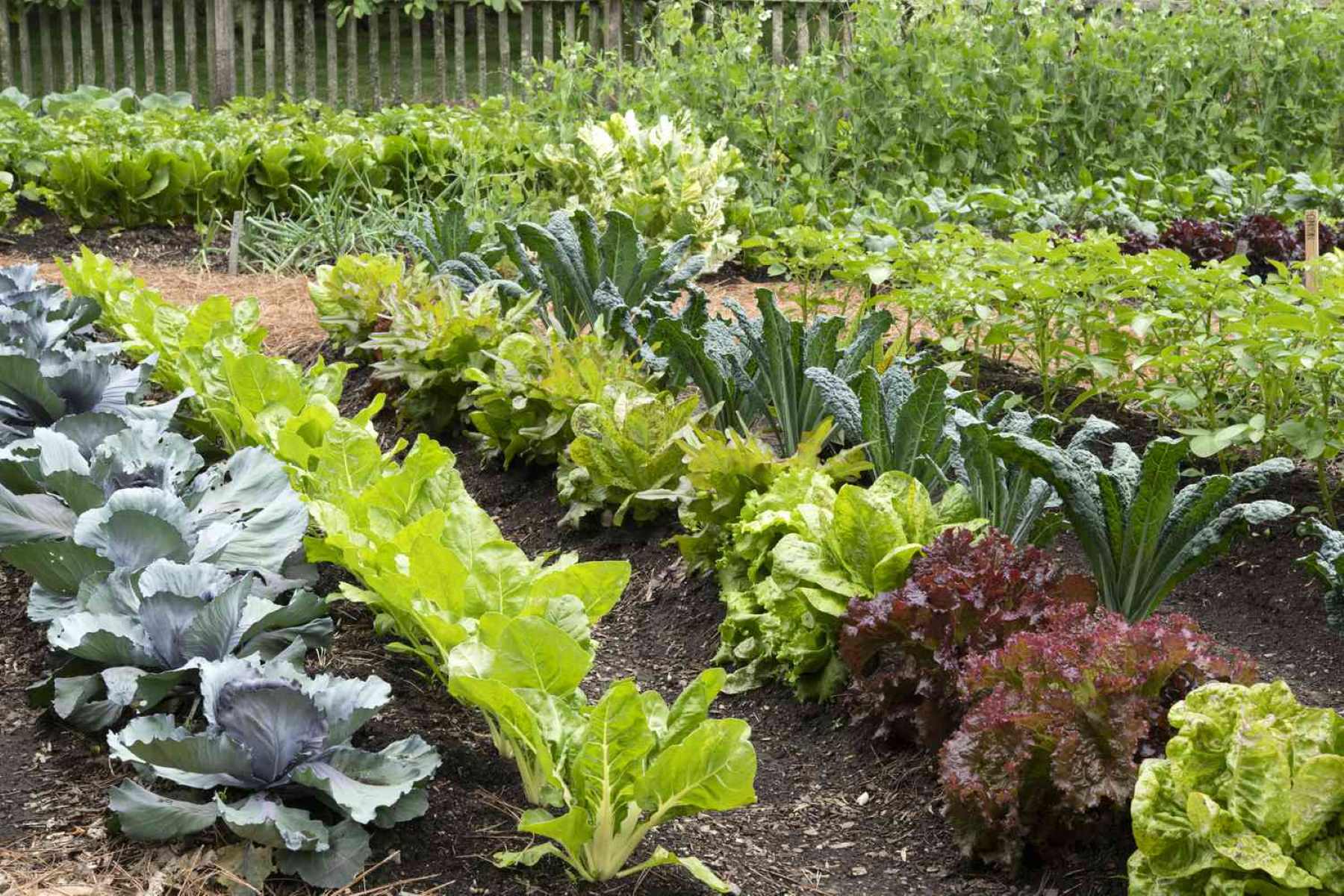
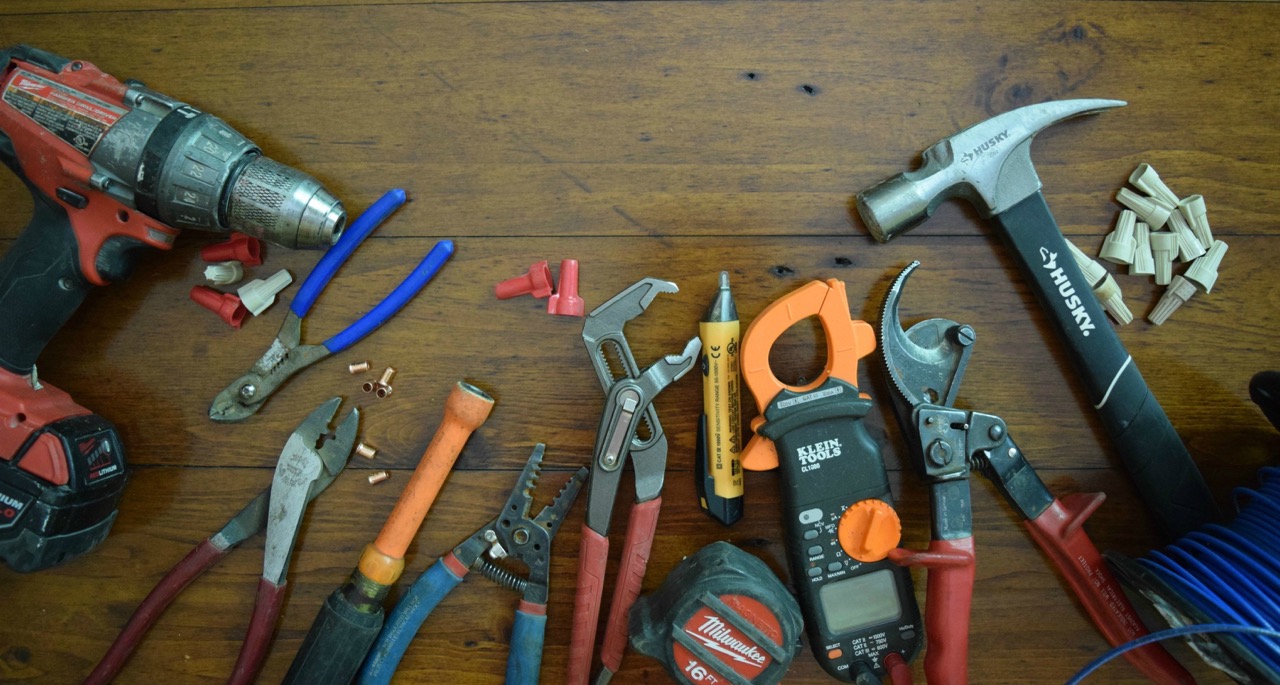

0 thoughts on “How To Start A Garden With Only Hand Tools”